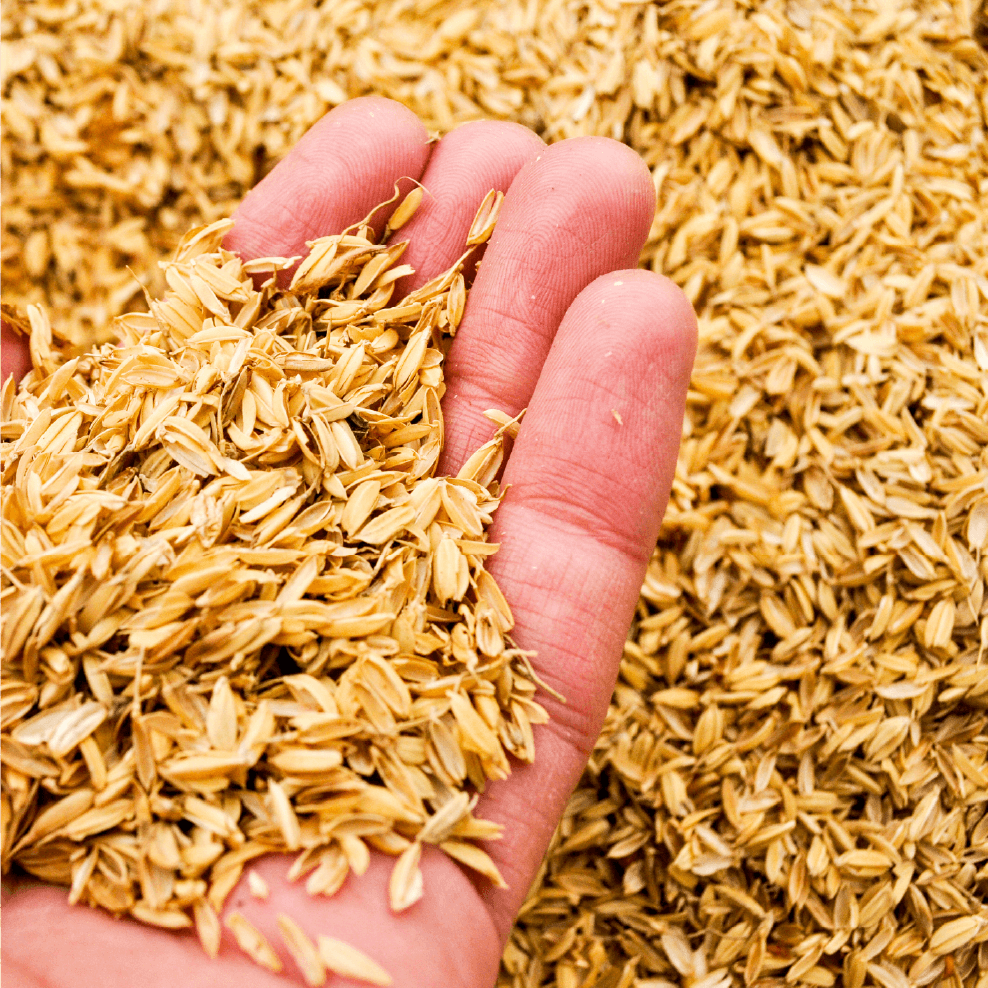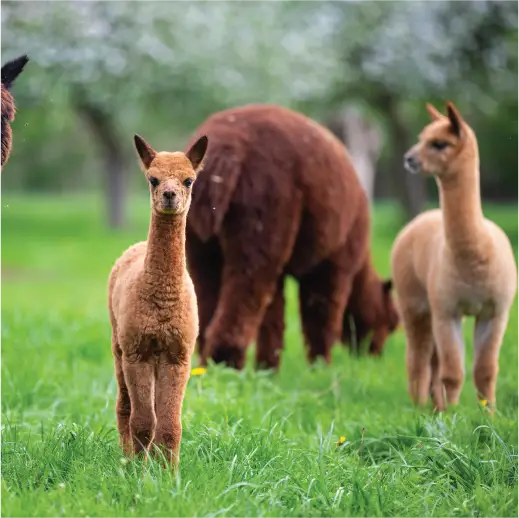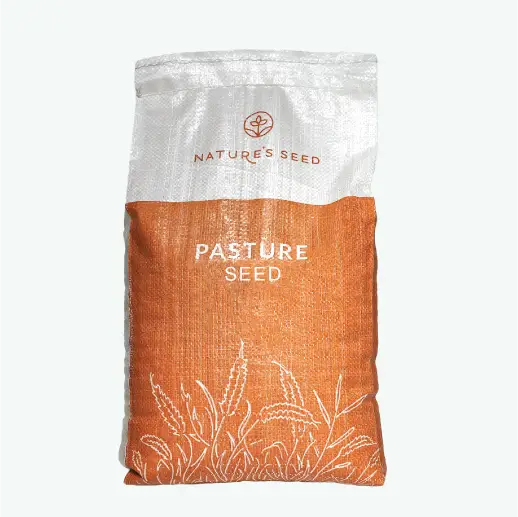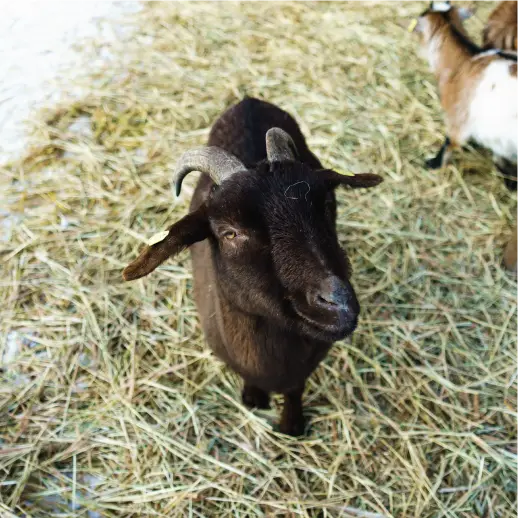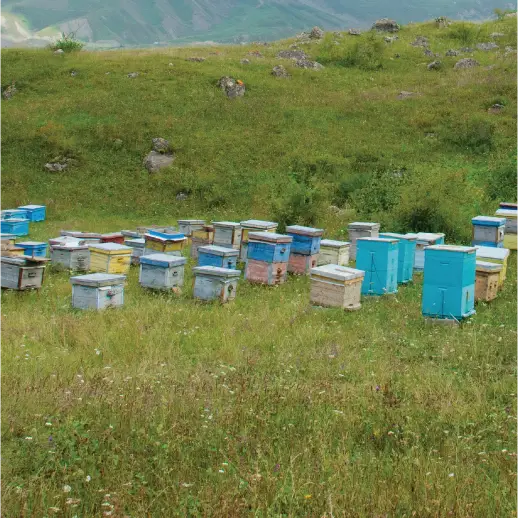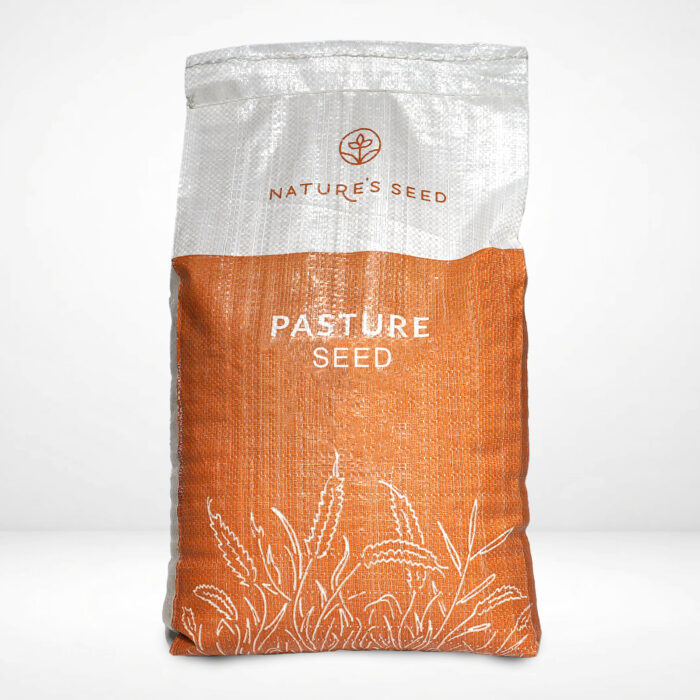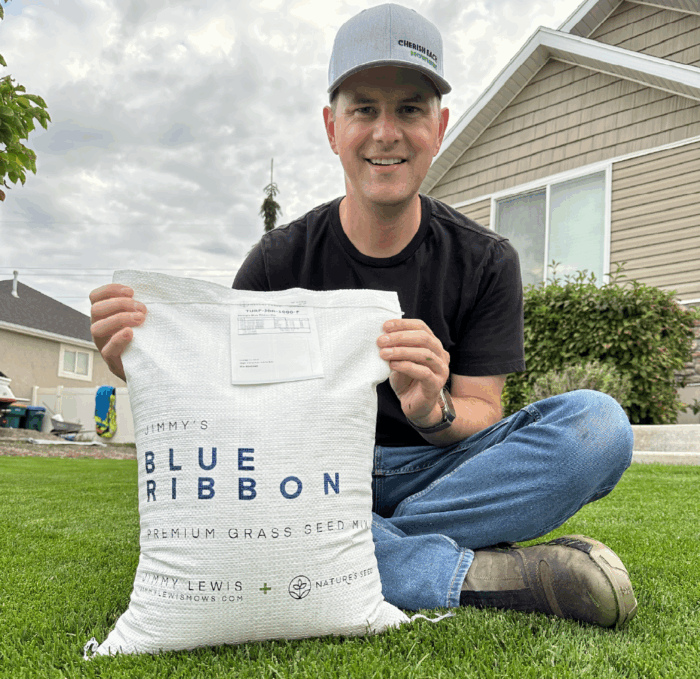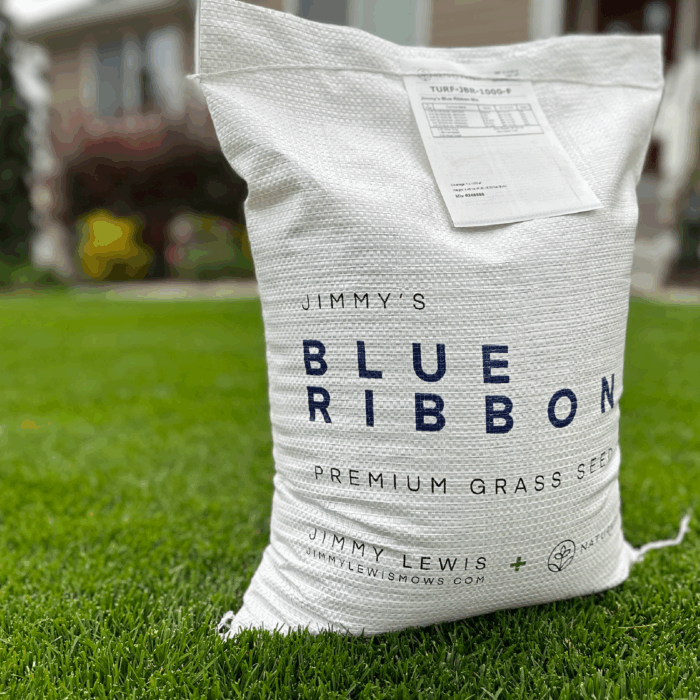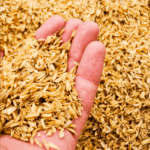

What is rice hulls?
Nature’s Seed 50 lb Rice Hulls provide a heat-treated (weed-free), certified organic, and sustainable solution for seeding and soil improvement. These lightweight, all-natural rice husks improve seed distribution, enhance soil aeration and moisture management, and integrate seamlessly with any Nature’s Seed blend – perfect for ranches, gardens, small farms, and land restoration projects across the U.S.
Rice hulls are the hard outer husks of rice grains, composed mostly of silica and lignin. After processing, they become a clean, dry, tan-colored flake (as shown below) that works beautifully as a planting aid. Extremely lightweight and sterile, these hulls blend into seed mixes or soils to improve spreadability and soil structure without introducing weeds.
Specifications
Sun Requirement
All light conditions
Soil Preference
Not a growing plant
Soil pH
Not a growing plant
Time to Maturity
Not a growing plant
Height when mature
Not a growing plant
Seeding Rate
~45 Lbs per acre as seeding carrier
Planting Depth
Not a growing plant
Rice Hulls
SKU: S-TACKI
Does This Product Grow Well in Your Region?
Check your region
Select Quantity
Why Choose This Seed?

Certified Organic & Sustainable
Sourced from renewable rice husks, offers an eco-friendly alternative to mined products like perlite. No mining or land disruption is needed – rice hulls are a natural byproduct that helps you garden responsibly.
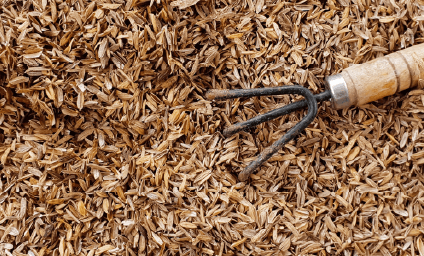
Heat-Treated & Weed-Free
These rice hulls are parboiled (heat-treated) to ensure purity. The process sterilizes the material, eliminating viable weed seeds, diseases, or pests. You get a clean, inert carrier that won’t introduce weeds into your soil or seed mixes.
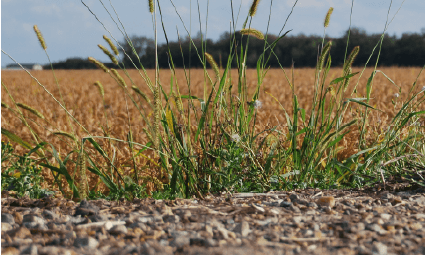
Improves Seeding & Coverage
Mixing rice hulls with your seed leads to more uniform coverage when planting, especially for very small or fluffy seeds. The hulls dilute and spread out tiny seeds, preventing clumping and bridging in seed drills. This means smoother sowing and even germination across your field or lawn – and it’s compatible with all Nature’s Seed blends for hassle-free use.
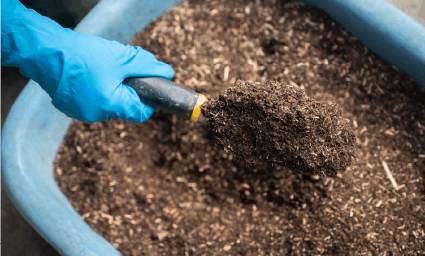
Enhances Soil Structure
Incorporating rice hulls into soil boosts aeration and drainage, helping to break up heavy or compacted soils. The rigid hulls create pore space (much like perlite) so roots can penetrate more easily and excess water can drain, all while improving moisture distribution in the soil. Your plants develop healthier root systems in looser, well-aerated soil.

Versatile Applications
Beyond seeding, rice hulls have many uses on your farm or garden. They act as an organic soil amendment in flower beds, vegetable gardens, and potting mixes, and even serve as a sustainable hydroponic growing medium. They’re also excellent as livestock bedding or poultry litter, since they absorb moisture and provide a cushioned, insulating layer. You can even use them for composting, mulching, or as an anti-skid traction aid on slippery ground.
Seed Description
Product Details
Sun/Shade
All light conditions
Height
Not a growing plant
Seeding Rate
Not a growing plant
Uses
Seed mix additive, soil amendment, potting mix aeration, topdressing mulch, animal bedding, hydroponics
Color
Light brown (tan)
Water
Improves drainage; does not waterlog soil
Native/Introduced
N/A
Life Form
N/A
4-Step Usage Guideline
Plan & Prepare
Start by preparing your project area or materials. If you’re seeding a pasture or lawn, prepare the seedbed (clear debris and loosen the topsoil). If you’re adding rice hulls to potting soil or garden beds, gather the soil and rice hulls you’ll need. Have your Nature’s Seed blend ready, along with a suitable spreader or drill (for large areas) or a hand spreader for smaller areas.
Mix Thoroughly
Combine the rice hulls with your seeds or soil before application. For very small seeds (like clover or alfalfa), mix in enough rice hulls to bulk up the seed – commonly about equal parts hulls to seed by volume, or even 2–3 parts hulls per 1 part seed for extremely fine seed. Ensure the seed and hulls are blended evenly (using a bucket, tub, or mixer for large batches) so that seeds won’t separate out. If using as a soil amendment, blend roughly 20% rice hulls into your soil mix by volume (for example, 1 part rice hulls to 4 parts soil) to boost aeration.
Apply or Sow
Distribute the seed-hull mixture or amended soil over your project area. For broadcasting seed, use a spreader set to a low setting (small opening) since the lightweight hulls will increase the volume. Tip: Rice hull mixtures flow through seed drills at a rate similar to barley grain, which makes calibration easier. In practice, that means you can start with a drill setting you would use for barley and adjust as needed for an even output. The rice hulls will carry the seeds out uniformly and also prevent fluffy seeds from bridging or clogging equipment. If you’re applying hulls as a topdress mulch or bedding, simply scatter or spread them to the desired thickness (for container plants, a ½–1 inch layer on top of soil helps suppress weeds
7springsfarm.com
).
After Planting Care
For seeded areas, lightly rake or roll the area so that the rice hulls and seeds make contact with the soil (the hulls will not sprout, but they help hold seeds in place until germination). Water the area as recommended for your seed blend – rice hulls won’t float away like chaff and will absorb some moisture, helping keep the soil surface evenly damp. In gardens or pots, water after mixing in hulls to settle them. Maintain normal irrigation and care. Over time, the rice hulls will gradually biodegrade and incorporate into the soil, improving organic matter and soil structure. Because they break down slowly, they’ll provide benefits throughout the growing season and leave no residue to clean up.
Questions & Answers
What exactly are rice hulls, and where do they come from?
Rice hulls (also called rice husks) are the hard outer covering of rice grains. They’re formed mostly of silica and lignin, and are indigestible to humans. Our rice hulls are a byproduct of domestically grown rice. Instead of going to waste, they’re repurposed as a useful agricultural input. They are dried and heat-treated after milling, which results in a clean, lightweight material ideal for gardening and farming use.
How do I use these rice hulls to sow small seeds?
The best practice for tiny or fluffy seeds is to mix them with rice hulls as a filler before sowing. The inert hulls dilute the seed and help it spread evenly. For example, you can mix roughly 1 part seed with 1–3 parts rice hulls by volume (use more hulls for very fine seeds). Blend them thoroughly so each handful of the mixture contains a good distribution of seed. Then broadcast or drill the mixture onto your prepared area. The hulls will carry the small seeds farther and prevent them from clumping together, resulting in uniform coverage. This method also prevents lightweight seeds from getting stuck in your spreader – the hulls reduce bridging and ensure a smooth flow. After spreading, you can lightly rake the area so the seeds settle onto the soil.
Can I use rice hulls in potting soil or raised beds?
Absolutely. Rice hulls make an excellent organic soil amendment. You can mix them into potting mixes or garden soil to improve aeration and drainage. A common guideline is to incorporate about 20% rice hulls by volume into your soil mix (for example, 1 part hulls to 4 parts soil ingredients). This creates a lighter soil that roots can easily grow through, and it helps water penetrate and drain more freely – a big advantage in heavy or clay soils. In raised beds or garden rows, you can also spread rice hulls on the soil surface and work them into the top few inches of soil. Over time, the hulls will break down and add organic matter to the soil, further improving its structure.
Will adding rice hulls change my soil’s pH or fertility?
No – rice hulls are largely pH neutral and will not significantly alter soil acidity. Parboiled rice hulls have a pH near neutral to slightly alkaline, but they have very little effect on overall substrate pH. As for fertility, rice hulls are not a fertilizer; they contain minimal nutrients. They do have a high silica content (around 15% or more), which can benefit plant strength, but they don’t supply the nitrogen, phosphorus, or potassium that plant foods do. Think of them as a structural soil booster rather than a nutrient source. If you need to fertilize, you should still use compost or appropriate fertilizers – the rice hulls will simply help create a better physical environment for roots and microbes.
How long will rice hulls last in the soil? Do they decompose?
Rice hulls are slow to decompose. They will gradually break down over time – typically over a year or more, depending on your climate and soil biology. Importantly, they remain effective through the growing season (and then some) before they fully biodegrade. This means they’ll continue to provide aeration and structure for your soil for many months. As they decompose, they add organic matter (and a bit of silica) to the soil, which can benefit soil health. Unlike perlite, which stays forever and can float to the top, rice hulls eventually disappear into the soil without leaving waste. If you use them as a surface mulch, you might need to replenish annually, but incorporated hulls will simply become part of the soil over time.
What advantages do rice hulls have over perlite or vermiculite?
Rice hulls offer several benefits compared to traditional soil amendments like perlite and vermiculite. First, they are a sustainable, renewable resource – no mining is required, unlike perlite or vermiculite which are mined minerals. This makes rice hulls a more environmentally friendly choice. They are also lower cost and less dusty to work with, which is appreciated by gardeners and workers (perlite dust can be irritating to lungs). Additionally, rice hulls will biodegrade over time and improve the soil’s organic content, whereas perlite and vermiculite are inert and remain in the soil indefinitely. Despite decomposing eventually, rice hulls stay effective through a typical plant growth cycle, so you don’t lose out on aeration during your crop’s life. Overall, they provide comparable soil loosening and drainage benefits with a greener footprint and easier handling – truly a “lower cost alternative to perlite and vermiculite with added benefits”
Still have
questions?
Our planting experts
are here to help.
Reviews
M-Binder tackifier is a botanical glue used in hydroseeding, to stabilize soils and for dust control. Derived from the seed of the plantego plant (Plantago insularis), M-Binder is 100% organic, non-toxic and biodegradable. Use anywhere you need to “tack” down seed, straw or mulch, or to control dust and erosion. Works great for revegetation and restoration projects, fire rehabilitation, landscaping and beautification.
Application
M-Binder may be applied as a dry powder or as wet slurry to dry or wet surfaces. It may even be applied during rain. It does not require set-up or drying time because when it is wet it is a heavy muciloid material and when dry it is a firm but rewettable membrane.
Application Rates
General Use: 60-140 lbs. per acre (approx. 1.5 – 3.25 lbs./1000 sq. ft.)
Mixed with Wood Fiber or Paper Mulch: 80-100 lbs. per acre
Dust Control Applications: 150-200 lbs. per acre
| Weight | 50 lbs |
|---|---|
| Lowest price | |
| Pounds | |
| Coverage Area | , , , |
Related Products
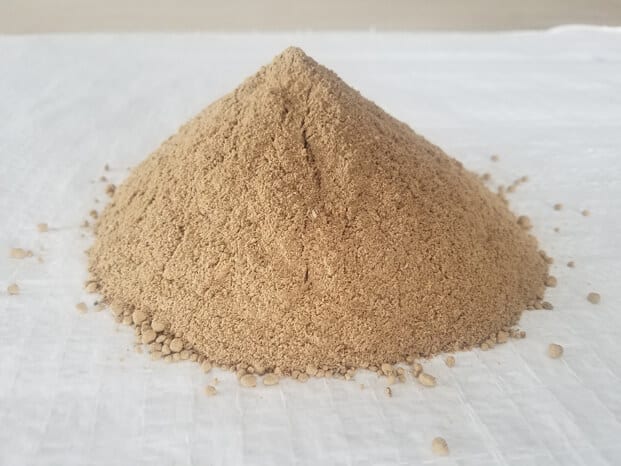

M-Binder Tackifier-Soil Stabilizer
(4.7) - 145 reviews
$2.39/lb
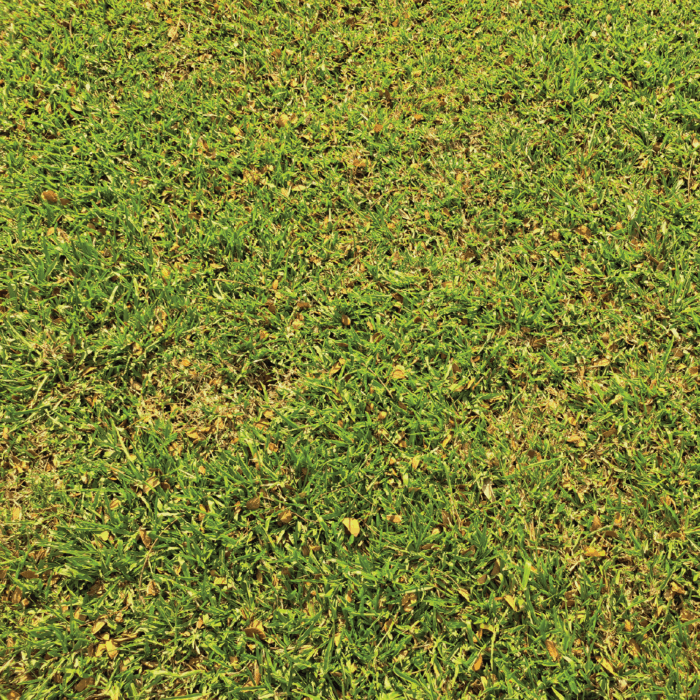
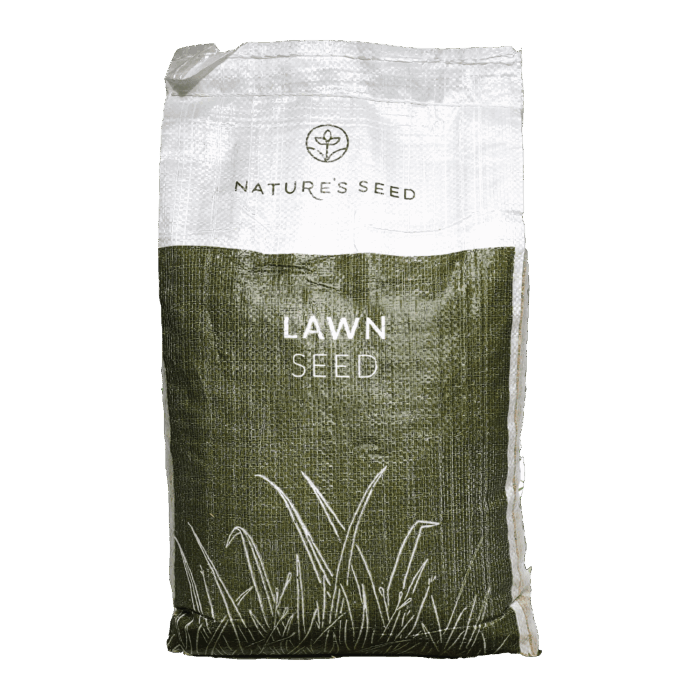
Perennial Ryegrass Fast-Growing Lawn Mix
(4.7) - 145 reviews
$49.99 – $199.99Price range: $49.99 through $199.99
